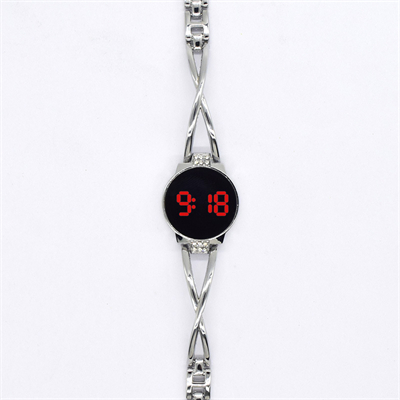What is the origin of electronic watches?
Electronic watches are watches that use micro-batteries as energy sources (and also use solar energy) and use electronic components. Electronic watches originated in Switzerland. In 1955, Switzerland relied on its mature experience and superb technology in the production of balance springs, and first successfully developed a balance-wheel type (using an electromagnetic balance wheel instead of a clockwork drive) electronic watch, which was called the first-generation electronic watch. In 1960, the United States developed a tuning fork electronic watch. It is simpler in structure than the former, and accurate in time. It is called the second-generation electronic watch. In 1969, Japan developed a quartz electronic watch.
It is more accurate than the former and is called the third-generation electronic watch. The above-mentioned electronic watches all retain the traditional pointer dial type surface. In the 1970s, Switzerland, Japan and other countries developed a quartz electronic watch with liquid crystal display (numbers directly displayed on the dial). It is a fully electronic watch without any moving components. The internal structure uses integrated circuits to make the time more accurate. It is called the fourth-generation electronic watch. At present, some countries are developing radio-controlled watches, the fifth-generation electronic watches.


















